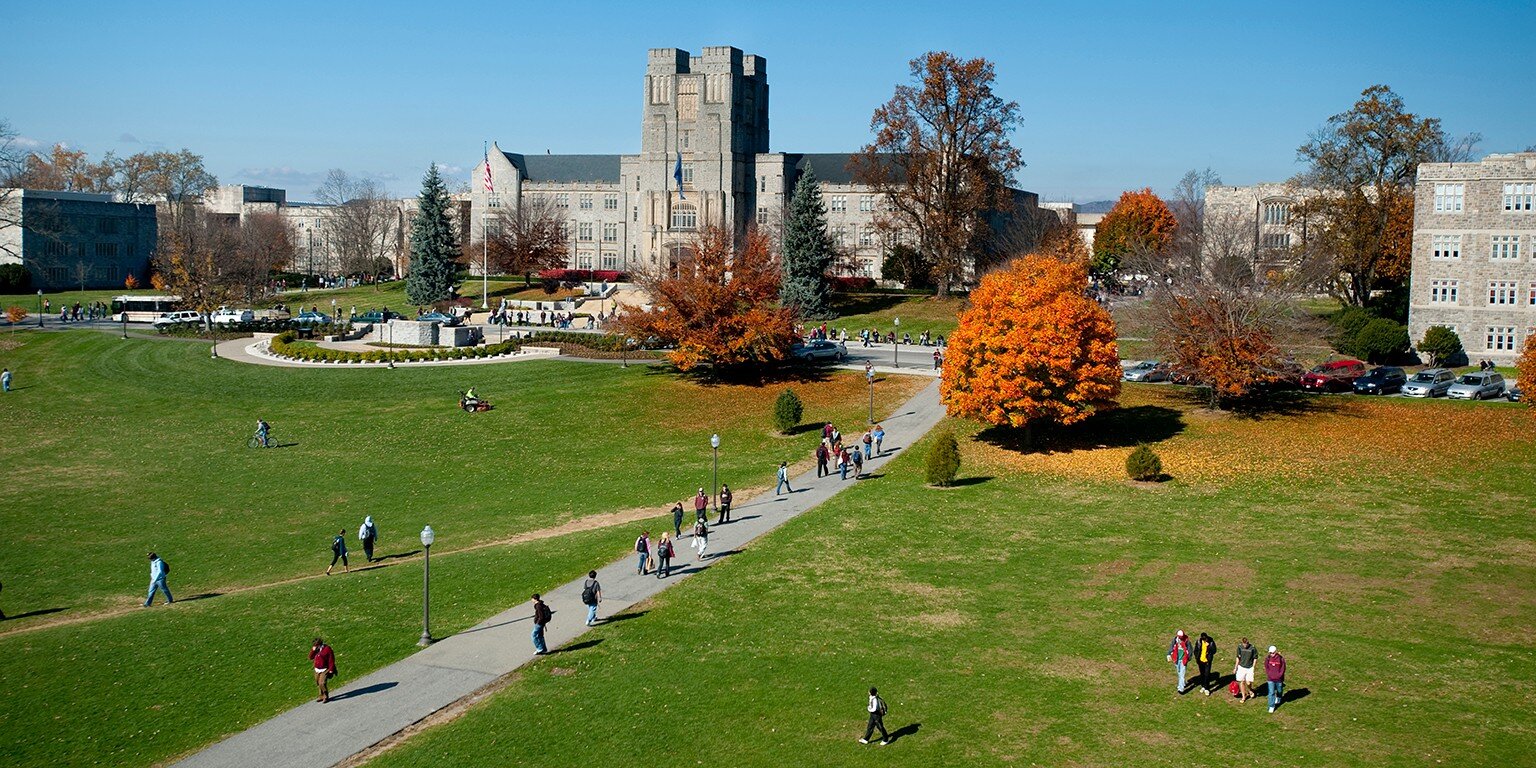
EXHIBIT
FINDING
A WOMAN'S PLACE AT VIRGINIA TECH 1921-2021
GROUNDS FOR CONFLICT—MALE RESPONSES TO CO-EDUCATION
“One of the professors was even so inconsiderate as to say that our class of co-eds was dumb.”
“I was either invisible or put on the spot, neither of which I enjoyed.”
“We were tolerated because women posed no threat to the job market.”
Dorothy Herndon, who graduated in 1960, recalled arriving in class to hear a male student say, “well there go our jokes for this quarter.” Despite pushback from male students, the women of Virginia Tech persisted.
Third, while Martha Harder was dean of women from 1966-1968, the number of female students doubled. However, female students still faced pushback from male faculty. One day, Dean Harder received a call from a male faculty member asking her if she knew there were co-eds on the Upper Quad. Harder replied, “I certainly hope so, they live there now.”
Some questioned the academic abilities of the co-eds at Virginia Tech. In speech from the 1960s, Dr. Laura Jane Harper emphasized the importance of higher education for women, stating:
B.S., MHFD-1963
M.S., VOED-1967
B.S., MHFD-1973
M.S., MHFD-1979


















